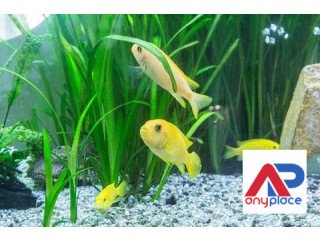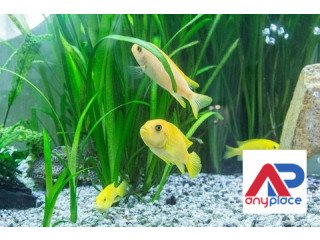Laminated glass
2022-05-31 07:53 Phones & Tablets Sahāranpur 409 views Reference: 1018Location: Sahāranpur
Price: Contact us
Laminated glass
Laminated glass (LG) is a type of safety glass that holds together when shattered. The interlayer, made through heat and pressure, keeps the layers of glass bonded even when broken, and its high strength prevents the glass from breaking up into large sharp pieces. This produces a characteristic "spider web" cracking pattern when the impact is not enough to completely pierce the glass. The thermoset EVA offers a complete bounding (cross-linking) with the material whether it is glass, polycarbonate, PC, or other types of products.
Laminated glass is used for architecture, glazing, automobile safety, photovoltaic, UV protection, and artistic expression. The most common use of laminated glass is skylight glazing and automobile windshields. In geographical areas requiring hurricane-resistant construction, laminated glass is often used in exterior storefronts, curtain walls, and windows.
Laminated glass is also used to increase the sound insulation rating of a window because it significantly improves sound attenuation compared to monolithic glass panes of the same thickness. For this purpose, a special "acoustic PVB" compound is used for the interlayer. In the case of the EVA material, no additional acoustic material is required, since the EVA provides sound insulation. TPU is an elastic material, so sound absorption is intrinsic to its nature. ;
What is PDLC smart glass?
PDLC stands for polymer-dispersed liquid crystals which can be engineered into end-products such as smart windows, smart glass displays, and smart consumer electronics, giving privacy, security, and energy efficiency.
The smartness of PDLCs is a result of their ability to change their transparency (technically called the "transmittance" when an electrical stimulus is applied to them. This is normally by way of an alternating voltage, which exerts an alternating electric field across the PDLC material. Nevertheless, the PDLC is only as smart as the control system which stimulates the change, which can be driven by a push-button switch, a light sensor, or a building automation system.
What are the major reasons for using PDLC smart glass?
Enhanced security (since the glass is shatter-proof thanks to the internal plastic lamination)
Privacy (thanks to the scattering of light, essentially hiding whatever is behind the smart glass)
Glare reduction (again thanks to the scattering effect)
Reduction of the carbon footprint of the building thanks to the solar control, which reduces HVAC needs, both in summer and winter
Reduced color fading of interior furnishings and artworks, thanks to the rejection of UV
Creative marketing, since when the PDLC smart glass is off, the scattering effect creates a screen upon which you can project images.
Decorative glass LED laminated glass for partition
Laurel Tempered ; LED Laminated Glass ;is produced with two or more thoroughly cleaned tempered glass panels with two or more polyvinyl-butyralfoils (PVB) are mounted on each other in a cleanroom. Then the sandwich is pre-strengthened in a rolling process at approx. 200 heat and then put these glasses on a shelf into the autoclave with about 130 heat and 10 bar pressure.
With the sharp increase of safety glass in all aspects of life, laminated glass has become a key component in the realization of modern interior decoration and exterior architecture due to its strength and safety features such as hurricane and impact resistance, protection against bombs or other explosions, sound reduction, glass floors and stairs, earthquake resistance, doors, and windows.
The tempered laminated glass includes full tempered laminated, heat-strengthened laminated, heat-soaked laminated, silkscreened laminated, bent tempered laminated, digital printed laminated glass.














